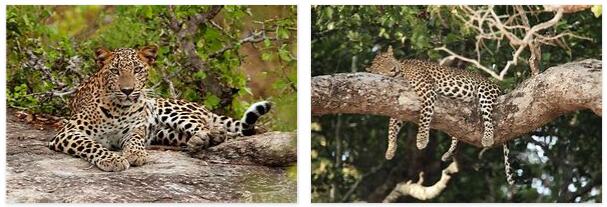Travel to Sri Lanka
Customs and traditions The Sri Lankans are a wonderfully nice, kind-hearted and smiling people who receive tourists with warmth and big hospitable smiles. Although Sri Lankans are generally accustomed to many tourists, their shrines and customs are expected to be respected with humility and proper manners and dress. As in all places in Asia, certain… Read More »


